Figures of Speech Synecdoche Quiz : Synecdoche is a figure of speech in which a part of something is used to represent the whole, or the whole is used to signify a part.
Some examples of synecdoche from English literature:
1. William Shakespeare – Julius Caesar
“Friends, Romans, countrymen, lend me your ears.”
➡ Ears represent the entire audience, emphasizing their attention rather than just their physical ears.
2. John Milton – Lycidas
“The swain is not with folded hands to mourn.”
➡ Folded hands symbolize the entire person engaged in mourning, not just their hands.
3. Samuel Taylor Coleridge – The Rime of the Ancient Mariner
“The western wave was all aflame.”
➡ Wave is used to represent the entire sea.
4. T. S. Eliot – The Love Song of J. Alfred Prufrock
“I should have been a pair of ragged claws scuttling across the floors of silent seas.”
➡ Claws represent the entire creature, reducing the individual to a mere part, symbolizing insignificance.
Differences between Synecdoche and Metonymy:
| Feature | Synecdoche | Metonymy |
|---|---|---|
| Definition | A figure of speech in which a part represents the whole or the whole represents a part. | A figure of speech in which something is referred to by a related concept or an associated term. |
| Type of Relationship | Part-whole or whole-part relationship. | Conceptual or associative relationship. |
| Example 1 | “All hands on deck” (hands = sailors) | “The White House issued a statement” (White House = U.S. President or government) |
| Example 2 | “Wheels” to refer to a car. | “Crown” to refer to monarchy. |
| Focus | Physical connection between the term and the object. | Indirect or symbolic association between the term and the object. |
| Usage | Often used in poetry and everyday speech to create vivid imagery. | Common in journalism, politics, and literature for brevity and symbolism. |
Figures of Speech Synecdoche Quiz
Previous Quiz : Figures of Speech Irony Quiz : 15 MCQs
Discover more from Gyankundli
Subscribe to get the latest posts sent to your email.

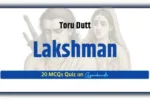
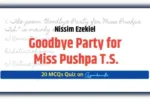

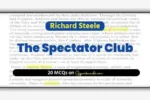
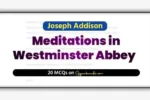
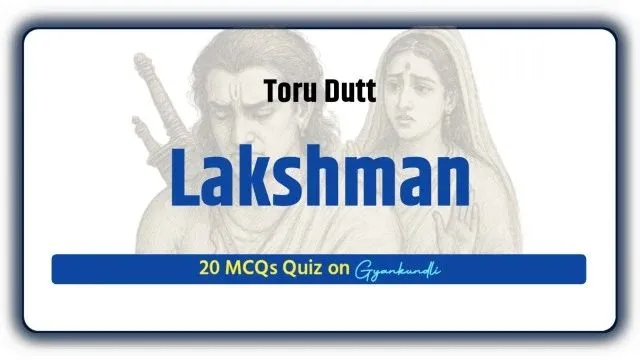

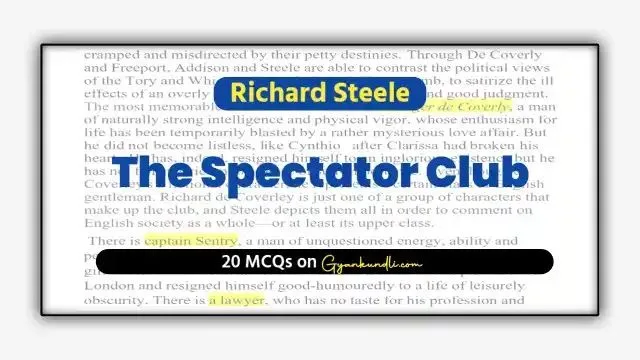
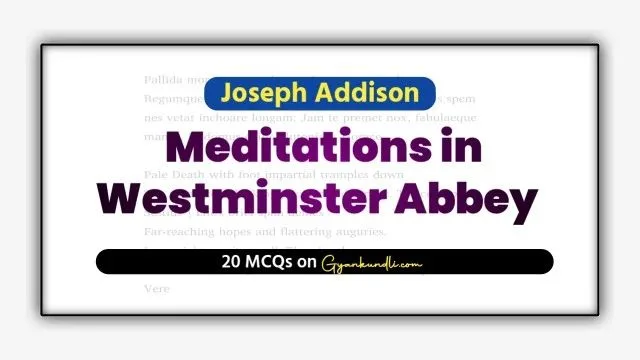
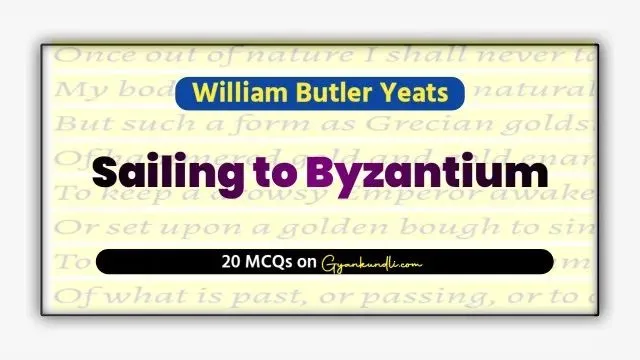





Thanks
Very beneficial and to the पॉइंट
Thanks
Pls check question no. 13
Ok